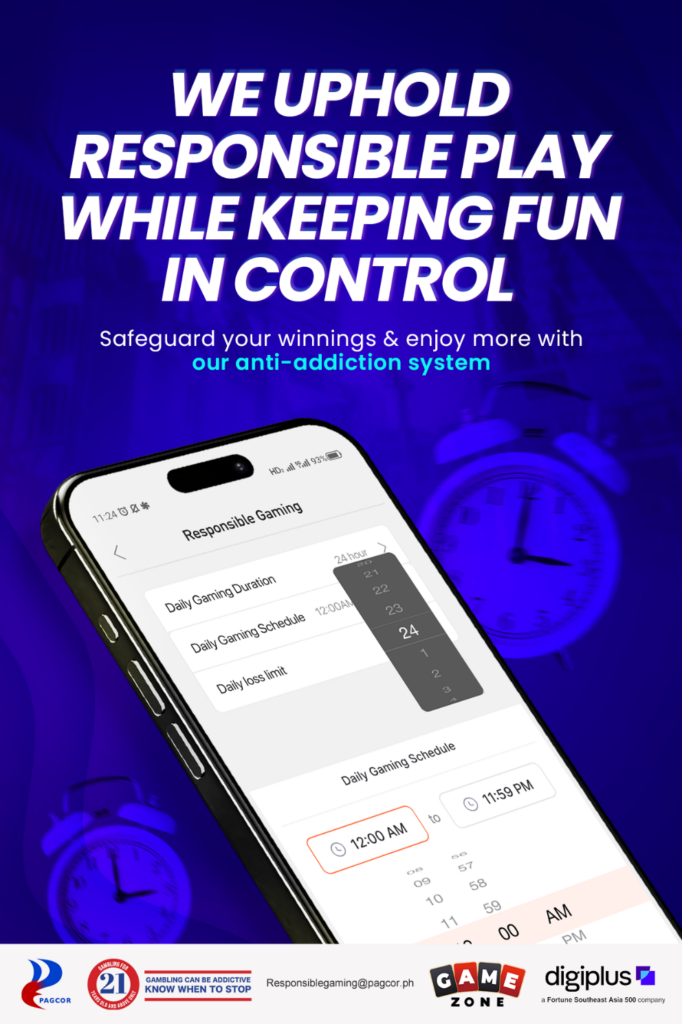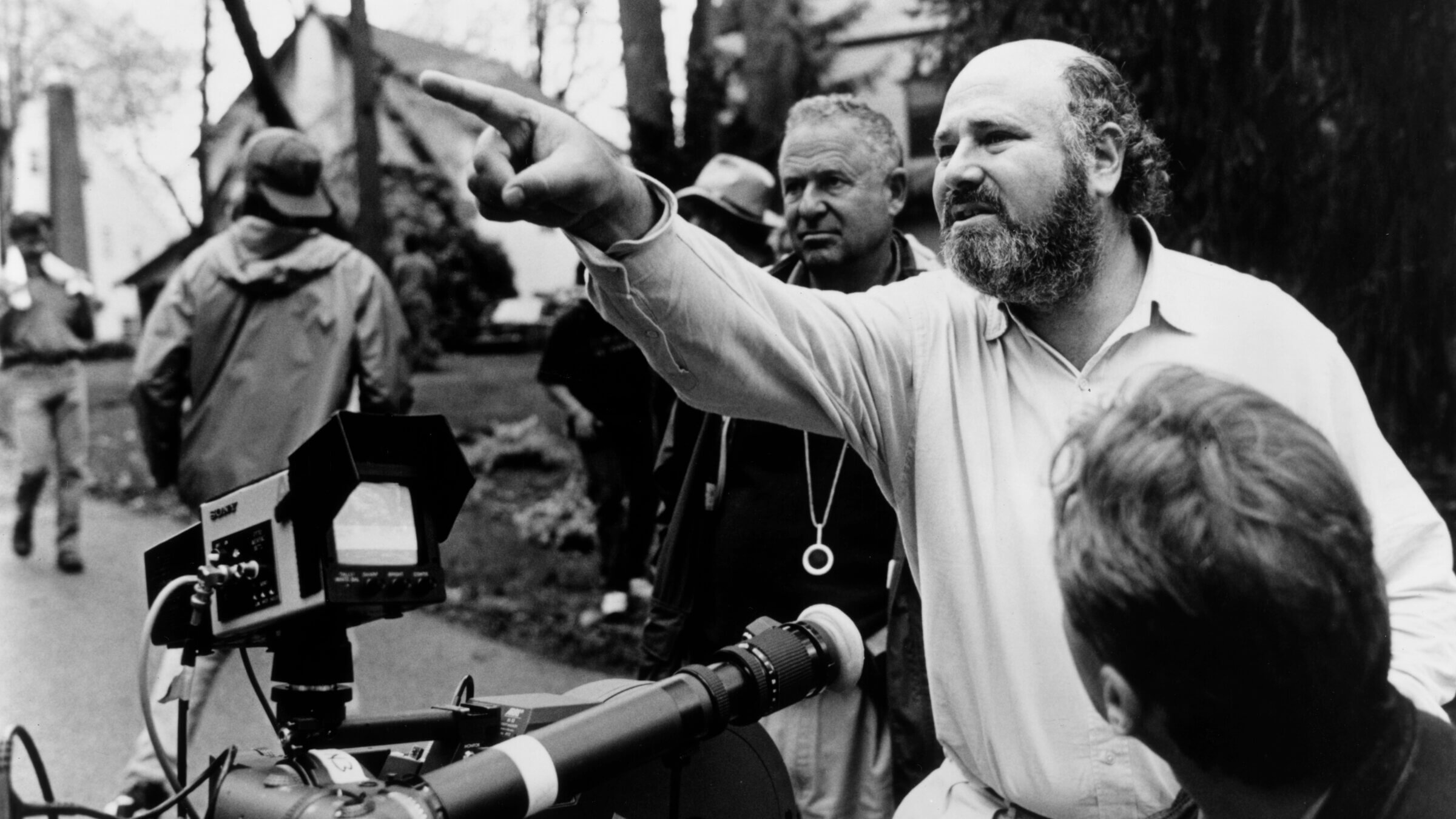Features
In new book, well-known psychologist argues that autism is grossly over-diagnosed

Book review by TOBY KLEIN GEENWALD Dr. Shoshana Levin Fox has authored a book that will hold you spellbound. Section I is titled “Children.” These first eight chapters are the stories of Jack, Sasha, Annie and others (all the children’s names used are pseudonyms) – children who came into the Feuerstein Institute after having been diagnosed as autistic. They exited with new hope, not only for themselves, but for their parents, who were usually devastated by their children’s diagnoses and needed their own emotional propping up.
The central theme of this book is that autism is grossly over-diagnosed. Levin Fox is a psychologist and play therapist who has worked with children for more than 30 years. In addition to lecturing and giving workshops in North America, Israel and Europe, she worked for 25 years in the prestigious Feuerstein Institute of Jerusalem, founded by the late Sorbonne-educated Professor Reuven Feuerstein.
Dr. Levin Fox lived for nearly twenty years in Canada. She completed an M.A. at Simon Fraser University and a Doctorate in Counselling Psychology at the University of British Columbia and worked for many years as a counsellor in the Special Services to Children program of the Vancouver Association of Neighbourhood Houses. Levin Fox was awarded a SSHRC (Social Sciences and Humanities Research Council of Canada) post-doctoral fellowship, which enabled her to do research and practical work in the field of autism at the world-renowned Feuerstein Institute in Jerusalem. Coincidentally, for many years Hadassah WIZO Canada were the prime funders of the Feuerstein Institute’s programs related to autism.
I warmly recommend the book, not just for the moving stories of the children who were salvaged from what proved to be inaccurate assessments, and not only for the intriguing descriptions of the practices of the world-renowned Feuerstein Institute, which Dr. Levin Fox combined with the wonders of the DIRFloortime method. This book should be read for its critical message to parents who have received an autism diagnosis for their son or daughter: Believe in your child. Talk to your child. Keep looking till you find her the best and most appropriate help and hope. Don’t let the “experts” get you down, because a true expert will find the formula to lift you – and your child – up.
Most importantly, do not assume that an expert who gave you an assessment of autism, that may feel like an emotional-cognitive death sentence, is right, and even if the assessment is accurate, and the child is truly autistic, that does not mean there is no hope.
This book is not only for parents of children with autistic symptoms; there is a message here for all parents: Even when there is a diagnosis of less daunting conditions — such as learning disabilities, ADHD, or other emotional, cognitive or developmental challenges — keep shopping till you find the professional who will light the way through the tunnel.
The idea of plasticity of the brain, writes Levin Fox, entered mainstream medicine several generations after Prof. Feuerstein had intuited and created materials and methods based on that reality. “There were no sacred cows for the Professor,” she writes, and decries the fact that “the diagnosis of autism is used as a sacrosanct truism…I have found that the term ‘autism,’ as it appears commonly in the field, in actuality is being used to describe children who suffer from a vast range of communication difficulties, from extreme shyness to psychotic conditions and just about everything in between.”
It is not clear to her how research studies can be reliable, writes Levin Fox, “with the current diagnostic criteria of autism so elastic and with the use of the term so liberal.”
The children whose stories are recounted in this book all made significant, even dramatic, progress. Levin Fox writes that, “Not every child began to speak fluently, to learn at a normative level and to play happily with friends…However, it can be safely and honestly stated that, inspired and mentored by the Professor, my colleagues and I made a huge difference in the lives of hundreds of children originally thought to be autistic.” She sees them, as a team, as having saved many lives.
Feuerstein sought to find the child’s latent strengths, and what he called “islets of normalcy.” She explains how “islets of normalcy” are identified and worked with. They include, among other elements, eye contact, human relationships, symbolic play, curiosity, humor and more. “The notion of islets of normalcy helps both parent and practitioner recognize the non-symptomatic behavior [of autism symptoms], the sparks of life and the glimmers of normative functioning within a child’s autistiform presentation.”
There was five-year-old Jack, whose parents came to the Institute and Levin Fox discovered in him an engaging child with a rich imagination. His parents told her that, as he had verbal communication problems, they had taken him to be tested and had been told he was autistic.
Levin Fox emphasizes that helping the parents to understand their children’s challenges, and not to be fearful and depressed about them, is part of the battle.
At the Institute Jack thrived, and left the early diagnosis of autism far behind. The details of the process are in a fascinating ten-page chapter.
She writes about a little girl, Annie, who clearly had developmental difficulties, but, “Each of a child’s tangible, visible symptoms is a world in itself. Like the shoots of a green plant, symptoms have intricate roots.”
Levin Fox gave the parents tools to work with their daughter and continued to follow her progress. When she met her again at the age of six, she wrote, “The sweet, charming, warm, open and communicative child…bore no trace of the detached, imploded, silent, starving two-and-a-half-year-old of years ago.”
Then there was Davie, who had “a longer journey,” and teenaged Joe, who did not make progress to the same extent as some of the other children, but who years later was a happy, functioning adult living in a group setting with other mildly impaired adults. And Mikey, who began to improve significantly when his parents began to talk to him. He still had a long way to go, but Levin Fox writes, “I learned never to give up on a parent.”
There was Max, who had oral dyspraxia, and his lack of speech had been “misunderstood as an autistic avoidance of speech…his story…dramatically illustrates the tragedy of this kind of misdiagnosis.” She cautions that children’s hearing should always be tested; sometimes the non-responsive child is discovered to be simply hearing-impaired.
In Part II, “Theoretical Groundings,” Levin Fox gives the intense and thorough theoretical background to the success stories, which are plentiful. Six more case studies are interwoven in the text to help bring the theory alive.
This section also describes the fascinating roots of Feuerstein’s methods. He began by working with orphan children who had been traumatized after WWII, decided there were flaws in the standard diagnostic tests, and rather than focusing on performance, he focused on the child’s ability to develop learning processes.
“Current studies on brain plasticity…scientifically substantiates what [Feuerstein] proposed two generations ago – that brain cells are modifiable and respond to the stimuli of the environment.” She writes that for Feuerstein it was an “I told you so” moment.
“He understood that human beings can change…when the environment anticipates and promotes such change.” The children mentioned earlier “markedly diminished their autistic-like symptoms…We believed that the potential was there. We sought it. And when we could not see it, we worked hard to elicit it, and even to create new facts on the ground.” The staff saw themselves as warmly interactive mediators.
One of my favorite stories appears in Chapter 15, “A Paradigm Shift,” where Levin Fox describes in great detail the captivating case history of Ben, whom she first met when he was five-years-old. The end of the chapter, with the sub-heading, “Ben’s Epilogue,” describes a chance meeting between Levin Fox and Ben’s parents, many years later, at the luggage carousel in the arrival area of the airport. “Dr. Shoshana!” they called out, and his mother pulled out her cellphone. “The happy faces of Ben and his wife, holding their newborn son, smiled back at me,” writes Levin Fox. “For Ben, the paradigm-shift had indeed been life-saving.”
I found other words to describe the journeys and the miracles of the children portrayed in this book: life-affirming.
And hope.
“An Autism Casebook for Parents and Practitioners: The Child Behind the Symptoms” is published by Routledge, Taylor & Francis and available on Amazon. Read more about Dr. Shoshana Levin Fox’s work at: https://shoshanalevinfox.com/
Toby Klein Greenwald is an award-winning journalist, educational theater director, teacher and the editor-in-chief of WholeFamily.com.
Features
So, what’s the deal with the honey scene in ‘Marty Supreme?’

By Olivia Haynie December 29, 2025 This story was originally published in the Forward. Click here to get the Forward’s free email newsletters delivered to your inbox.
There are a lot of jarring scenes in Marty Supreme, Josh Safdie’s movie about a young Jew in the 1950s willing to do anything to secure his spot in table tennis history. There’s the one where Marty (Timothée Chalamet) gets spanked with a ping-pong paddle; there’s the one where a gas station explodes. And the one where Marty, naked in a bathtub, falls through the floor of a cheap motel. But the one that everybody online seems to be talking about is a flashback of an Auschwitz story told by Marty’s friend and fellow ping-ponger Béla Kletzki (Géza Röhrig, best known for his role as a Sonderkommando in Son of Saul).
Kletzki tells the unsympathetic ink tycoon Milton Rockwell (Kevin O’Leary) about how the Nazis, impressed by his table tennis skills, spared his life and recruited him to disarm bombs. One day, while grappling with a bomb in the woods, Kletzki stumbled across a honeycomb. He smeared the honey across his body and returned to the camp, where he let his fellow prisoners lick it off his body. The scene is a sensory nightmare, primarily shot in close-ups of wet tongues licking sticky honey off Kletzki’s hairy body. For some, it was also … funny?
Many have reported that the scene has been triggering a lot of laughter in their theaters. My audience in Wilmington, North Carolina, certainly had a good chuckle — with the exception of my mother, who instantly started sobbing. I sat in stunned silence, unsure at first what to make of the sharp turn the film had suddenly taken. One post on X that got nearly 6,000 likes admonished Safdie for his “insane Holocaust joke.” Many users replied that the scene was in no way meant to be funny, with one even calling it “the most sincere scene in the whole movie.”
For me, the scene shows the sheer desperation of those in the concentration camps, as well as the self-sacrifice that was essential to survival. And yet many have interpreted it as merely shock humor.
Laughter could be understood as an inevitable reaction to discomfort and shock at a scene that feels so out of place in what has, up to that point, been a pretty comedic film. The story is sandwiched between Marty’s humorous attempts to embarrass Rockwell and seduce his wife. Viewers may have mistaken the scene as a joke since the film’s opening credits sequence of sperm swimming through fallopian tubes gives the impression you will be watching a comedy interspersed with some tense ping-pong playing.
The reaction could also be part of what some in the movie theater industry are calling the “laugh epidemic.” In The New York Times, Marie Solis explored the inappropriate laughter in movie theaters that seems to be increasingly common. The rise of meme culture and the dissolution of clear genres (Marty Supreme could be categorized as somewhere between drama and comedy), she writes, have primed audiences to laugh at moments that may not have been meant to be funny.
The audience’s inability to process the honey scene as sincere may also be a sign of a society that has become more disconnected from the traumas of the past. It would not be the first time that people, unable to comprehend the horrors of the Holocaust, have instead derided the tales of abuse as pure fiction. But Kletzki’s story is based on the real experiences of Alojzy Ehrlich, a ping-pong player imprisoned at Auschwitz. The scene is not supposed to be humorous trauma porn — Safdie has called it a “beautiful story” about the “camaraderie” found within the camps. It also serves as an important reminder of all that Marty is fighting for.
The events of the film take place only seven years after the Holocaust, and the macabre honey imagery encapsulates the dehumanization the Jews experienced. Marty is motivated not just by a desire to prove himself as an athlete and rise above what his uncle and mother expect of him, but above what the world expects of him as a Jew. His drive to reclaim Jewish pride is further underscored when he brings back a piece of an Egyptian pyramid to his mother, telling her, “We built this.”
Without understanding this background, the honey scene will come off as out of place and ridiculous. And the lengths Marty is willing to go to to make something of himself cannot be fully appreciated. The film’s description on the review-app Letterboxd says Marty Supreme is about one man who “goes to hell and back in pursuit of greatness.” But behind Marty is the story of a whole people who have gone through hell; they too are trying to find their way back.
Olivia Haynie is an editorial fellow at the Forward.
This story was originally published on the Forward.
Features
Paghahambing ng One-on-One Matches at Multiplayer Challenges sa Pusoy in English

Ang Pusoy, na kilala din bilang Chinese Poker, ay patuloy na sumisikat sa buong mundo, kumukuha ng interes ng mga manlalaro mula sa iba’t ibang bansa. Ang mga online platforms ay nagpapadali sa pag-access nito. Ang online version nito ay lubos na nagpasigla ng interes sa mga baguhan at casual players, na nagdulot ng diskusyon kung alin ang mas madali: ang paglalaro ng Pusoy one-on-one o sa multiplayer settings.
Habang nailipat sa digital platforms ang Pusoy, napakahalaga na maunawaan ang mga format nito upang mapahusay ang karanasan sa laro. Malaking epekto ang bilang ng mga kalaban pagdating sa istilo ng laro, antas ng kahirapan, at ang ganap na gameplay dynamics. Ang mga platforms tulad ng GameZone ay nagbibigay ng angkop na espasyo para sa mga manlalaro na masubukan ang parehong one-on-one at multiplayer Pusoy, na akma para sa iba’t ibang klase ng players depende sa kanilang kasanayan at kagustuhan.
Mga Bentahe ng One-on-One Pusoy
Simpleng Gameplay
Sa one-on-one Pusoy in English, dalawa lang ang naglalaban—isang manlalaro at isang kalaban. Dahil dito, mas madali ang bawat laban. Ang pokus ng mga manlalaro ay nakatuon lamang sa kanilang sariling 13 cards at sa mga galaw ng kalaban, kaya’t nababawasan ang pagiging komplikado.
Para sa mga baguhan, ideal ang one-on-one matches upang:
- Sanayin ang tamang pagsasaayos ng cards.
- Matutunan ang tamang ranggo ng bawat kamay.
- Magsanay na maiwasan ang mag-foul sa laro.
Ang simpleng gameplay ay nagbibigay ng matibay na pundasyon para sa mas kumplikadong karanasan sa multiplayer matches.
Mga Estratehiya mula sa Pagmamasid
Sa one-on-one matches, mas madaling maunawaan ang istilo ng kalaban dahil limitado lamang ang galaw na kailangan sundan. Maaari mong obserbahan ang mga sumusunod na patterns:
- Konserbatibong pagkakaayos o agresibong strategy.
- Madalas na pagkakamali o overconfidence.
- Labis na pagtuon sa isang grupo ng cards.
Dahil dito, nagkakaroon ng pagkakataon ang mga manlalaro na isaayos ang kanilang estratehiya upang mas epektibong maka-responde sa galaw ng kalaban, partikular kung maglalaro sa competitive platforms tulad ng GameZone.
Mas Mababang Pressure
Dahil one-on-one lamang ang laban, mababawasan ang mental at emotional stress. Walang ibang kalaban na makaka-distract, na nagbibigay ng pagkakataon para sa mga baguhan na matuto nang walang matinding parusa sa kanilang mga pagkakamali. Nagiging stepping stone ito patungo sa mas dynamic na multiplayer matches.
Ang Hamon ng Multiplayer Pusoy
Mas Komplikado at Mas Malalim na Gameplay
Sa Multiplayer Pusoy, madaragdagan ang bilang ng kalaban, kaya mas nagiging komplikado ang laro. Kailangan kalkulahin ng bawat manlalaro ang galaw ng maraming tao at ang pagkakaayos nila ng cards.
Ang ilang hamon ng multiplayer ay:
- Pagbabalanse ng lakas ng cards sa tatlong grupo.
- Pag-iwas sa labis na peligro habang nagiging kompetitibo.
- Pagtatagumpayan ang lahat ng kalaban nang sabay-sabay.
Ang ganitong klase ng gameplay ay nangangailangan ng maingat na pagpaplano, prediksyon, at strategic na pasensiya.
Mas Malakas na Mental Pressure
Mas mataas ang psychological demand sa multiplayer, dahil mabilis ang galawan at mas mahirap manatiling kalmado sa gitna ng mas maraming kalaban. Kabilang dito ang:
- Bilisan ang pagdedesisyon kahit under pressure.
- Paano mananatiling focused sa gitna ng mga distractions.
- Pagkakaroon ng emosyonal na kontrol matapos ang sunod-sunod na talo.
Mas exciting ito para sa mga manlalarong gusto ng matinding hamon at pagmamalasakit sa estratehiya.
GameZone: Ang Bagong Tahanan ng Modern Pusoy

Ang GameZone online ay isang kahanga-hangang platform para sa mga naglalaro ng Pusoy in English. Nagbibigay ito ng opsyon para sa parehong one-on-one at multiplayer matches, akma para sa kahit anong antas ng kasanayan.
Mga feature ng GameZone:
- Madaling English interface para sa user-friendly na gameplay.
- Real-player matches imbes na kalaban ay bots.
- Mga tool para sa responsible play, tulad ng time reminder at spending limits.
Pagtatagal ng Pamanang Pusoy
Ang Pusoy card game in English ay nagpalawak ng abot nito sa mas maraming players mula sa iba’t ibang bahagi ng mundo habang pinapanatili ang tradisyunal nitong charm. Sa pamamagitan ng mga modernong platform tulad ng GameZone, mananatiling buhay at progresibo ang Pusoy, nakakabighani pa rin sa lahat ng antas ng manlalaro—mula sa casual enjoyment hanggang sa competitive challenges.
Mula sa maingat na pag-aayos ng mga cards hanggang sa pag-master ng estratehiya, ang Pusoy ay isang laro na nananatiling relevant habang ipinapakita ang masalimuot nitong gameplay dynamics na puno ng kultura at inobasyon.
Features
Rob Reiner asked the big questions. His death leaves us searching for answers.

Can men and women just be friends? Can you be in the revenge business too long? Why don’t you just make 10 louder and have that be the top number on your amp?
All are questions Rob Reiner sought to answer. In the wake of his and his wife’s unexpected deaths, which are being investigated as homicides, it’s hard not to reel with questions of our own: How could someone so beloved come to such a senseless end? How can we account for such a staggering loss to the culture when it came so prematurely? How can we juggle that grief and our horror over the violent murder of Jews at an Australian beach, gathered to celebrate the first night of Hanukkah, and still light candles of our own?
The act of asking may be a way forward, just as Rob Reiner first emerged from sitcom stardom by making inquiries.
In This is Spinal Tap, his first feature, he played the role of Marty DiBergi, the in-universe director of the documentary about the misbegotten 1982 U.S. concert tour of the eponymous metal band. He was, in a sense, culminating the work of his father, Carl Reiner, who launched a classic comedy record as the interviewer of Mel Brooks’ 2,000 Year Old Man. DiBergi as played by Reiner was a reverential interlocutor — one might say a fanboy — but he did take time to query Nigel Tufnell as to why his amp went to 11. And, quoting a bad review, he asked “What day did the Lord create Spinal Tap, and couldn’t he have rested on that day too?”
But Reiner had larger questions to mull over. And in this capacity — not just his iconic scene at Katz’s Deli in When Harry Met Sally or the goblin Yiddishkeit of Miracle Max in The Princess Bride — he was a fundamentally Jewish director.
Stand By Me is a poignant meditation on death through the eyes of childhood — it asks what we remember and how those early experiences shape us. The Princess Bride is a storybook consideration of love — it wonders at the price of seeking or avenging it at all costs. A Few Good Men is a trenchant, cynical-for-Aaron Sorkin, inquest of abuse in the military — how can it happen in an atmosphere of discipline.
In his public life, Reiner was an activist. He asked how he could end cigarette smoking. He asked why gay couples couldn’t marry like straight ones. He asked what Russia may have had on President Trump. This fall, with the FCC’s crackdown on Jimmy Kimmel, he asked if he would soon be censored. He led with the Jewish question of how the world might be repaired.
Guttingly, in perhaps his most personal project, 2015’s Being Charlie, co-written by his son Nick he wondered how a parent can help a child struggling with addiction. (Nick was questioned by the LAPD concerning his parents’ deaths and was placed under arrest.)
Related
None of the questions had pat answers. Taken together, there’s scarcely a part of life that Reiner’s filmography overlooked, including the best way to end it, in 2007’s The Bucket List.
Judging by the longevity of his parents, both of whom lived into their 90s, it’s entirely possible Reiner had much more to ask of the world. That we won’t get to see another film by him, or spot him on the news weighing in on the latest democratic aberration, is hard to swallow.
Yet there is some small comfort in the note Reiner went out on. In October, he unveiled Spinal Tap II: The Beginning of the End, a valedictory moment in a long and celebrated career.
Reiner once again returned to the role of DiBergi. I saw a special prescreening with a live Q&A after the film. It was the day Charlie Kirk was assassinated. I half-expected Reiner to break character and address political violence — his previous film, God & Country, was a documentary on Christian Nationalism.
But Reiner never showed up — only Marty DiBergi, sitting with Nigel Tuffnell (Christopher Guest), David St. Hubbins (Michael McKean) and Derek Smalls (Harry Shearer) at Grauman’s Chinese Theater in Los Angeles. The interview was broadcast to theaters across the country, with viewer-submitted questions like “What, in fact, did the glove from Smell the Glove smell like?” (Minty.) And “Who was the inspiration for ‘Big Bottom?’” (Della Reese.)
Related
- Actor-Director Rob Reiner dies at 78
- Carl Reiner On Judaism, Atheism And The ‘Monster’ In The White House
- Mandy Patinkin On His Favorite ‘Princess Bride’ Quote
DiBergi had one question for the audience: “How did you feel about the film?”
The applause was rapturous, but DiBergi still couldn’t get over Nigel Tuffnell’s Marshall amp, which now stretched beyond 11 and into infinity.
“How can that be?” he asked. “How can you go to infinity? How loud is that?”
There’s no limit, Tuffnell assured him. “Why should there be a limit?”
Reiner, an artist of boundless curiosity and humanity, was limitless. His remit was to reason why. He’ll be impossible to replace, but in asking difficult questions, we can honor him.
The post Rob Reiner asked the big questions. His death leaves us searching for answers. appeared first on The Forward.

